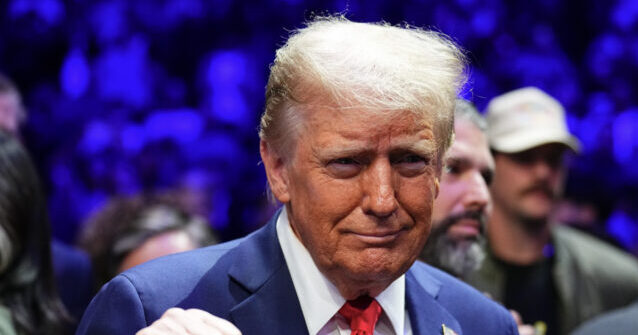In November, business inflation expectations remained stable at 2.2 percent, as per a survey conducted by the Federal Reserve Bank of Atlanta, which involved approximately 640 businesses across six states. This figure represents a decline from the previous year’s expectation of 2.4 percent, signaling that businesses are not anticipating substantial inflationary pressures despite potential risks like increased tariffs. The survey emphasizes that businesses are asked to forecast their operational costs rather than the prices they charge consumers, providing a more nuanced view of inflation expectations among businesses in the economy.
The implementation of tariffs, particularly during the Trump administration when tariffs were applied to imports from China, plays a noteworthy role in influencing business costs. Even though tariffs can raise costs for importers, the value of the dollar can mitigate these effects. When tariffs were first imposed, the dollar strengthened against the Chinese yuan, which helped to offset the cost of imported goods for U.S. companies. This dynamic highlights the complexity of how global trade and currency fluctuations can impact domestic inflation.
In terms of cost expectations, businesses reported a significant decrease in year-ahead unit cost projections, which peaked at 3.8 percent in April 2022. Presently, expectations remain higher than the pre-pandemic average of 2.0 percent but indicate a notable decline in perceived inflation pressures. This suggests that while businesses are currently feeling some cost pressures, there is a cautious optimism about future costs stabilizing or potentially decreasing as the operation gets back on track.
The last year has seen a median reported price increase of 3.0 percent among firms, with expectations for the coming year mirroring this figure. This consistency in price expectations underscores that businesses are bracing for a stable inflation environment, relative to earlier projections. In August, firms expected a 4.0 percent price increase but have revised this expectation downwards to align with their recent experiences, which illustrates adaptive behavior in response to changing market conditions.
The decline of inflation expectations among businesses could indicate broader economic trends, wherein businesses could be gearing towards better efficiency or market conditions normalizing post-pandemic. This reduction may also suggest that any immediate volatility caused by external factors, such as supply chain disruptions or fluctuating demand, is gradually subsiding. It reflects how businesses are keenly re-evaluating their operating environments and preparing for a more predictable economic landscape in the near future.
Overall, the stabilization of inflation expectations at 2.2 percent suggests a collective business sentiment that insists on cautious optimism. With costs projected to rise only modestly, companies are recalibrating their strategies in anticipation of a stable economic environment. While factors such as tariffs and currency fluctuations remain pertinent to their financial outlook, the prevailing sentiments are that increased inflation is not imminent, allowing businesses to plan with somewhat greater confidence for the upcoming year.

